Top 10 Deadliest Jobs In The World
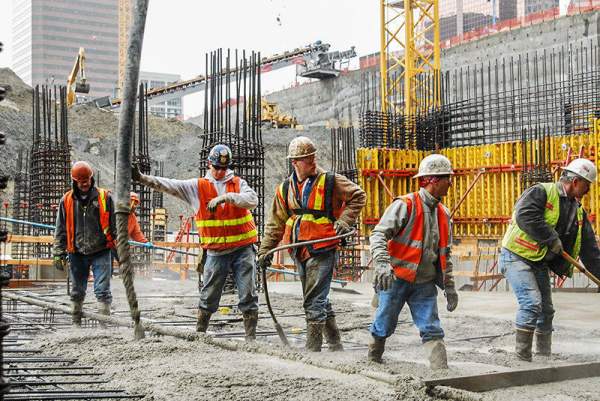
Workplace safety is a crucial concern for individuals across various industries. While many jobs carry inherent risks, some occupations are particularly hazardous, posing significant dangers to workers' lives. This article presents a comprehensive list of the top 10 deadliest jobs in the world, highlighting the unique risks associated with each profession. Please note that the data provided is based on historical statistics and may not reflect current conditions.
Deadliest Jobs in the World 2024
- Commercial Fishing
- Logging Workers
- Aircraft Pilots and Flight Engineers
- Roofers
- Structural Iron and Steel Workers
- Sanitation Workers
- Farmers and Agricultural Workers
- Truck Drivers
- Construction Workers
- Police Officers and Law Enforcement Personnel
1. Commercial Fishing
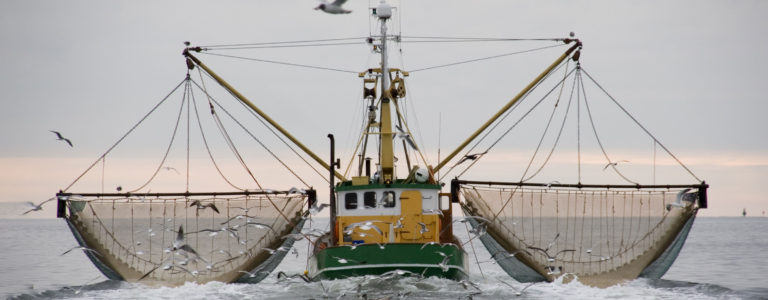
Commercial fishing is renowned for its high fatality rates due to the unpredictable nature of the seas. Fishermen face numerous risks, including vessel accidents, extreme weather conditions, and equipment malfunctions. Moreover, working in remote locations often hampers access to medical assistance, making this job exceptionally dangerous.
2. Logging Workers

Logging involves felling trees and processing timber, making it one of the most perilous occupations. Workers frequently encounter hazards such as falling trees, malfunctioning equipment, and exposure to heavy machinery. Additionally, rugged terrain and adverse weather conditions further amplify the risks in this industry.
3. Aircraft Pilots and Flight Engineers

Aircraft pilots and flight engineers face various risks associated with air travel. While advancements in aviation technology have significantly improved safety, this profession is still prone to accidents, including mechanical failures, pilot errors, and severe weather conditions. Crashes involving commercial and private planes can have catastrophic consequences.
4. Roofers

Roofing is physically demanding and carries significant risks. Workers often encounter hazards such as falls from heights, collapsing structures, and exposure to extreme temperatures. Inadequate safety measures and improper use of equipment can further contribute to the high fatality rate in this occupation.
5. Structural Iron and Steel Workers
READ ALSO » Top 8 The Most Biggest/Deadliest Earthquake In The World
Iron and steel workers play a vital role in constructing buildings and infrastructure. However, their job involves working at great heights, handling heavy materials, and operating dangerous machinery. Falls, structural collapses, and accidents involving cranes or other equipment pose substantial threats to their safety.
6. Sanitation Workers
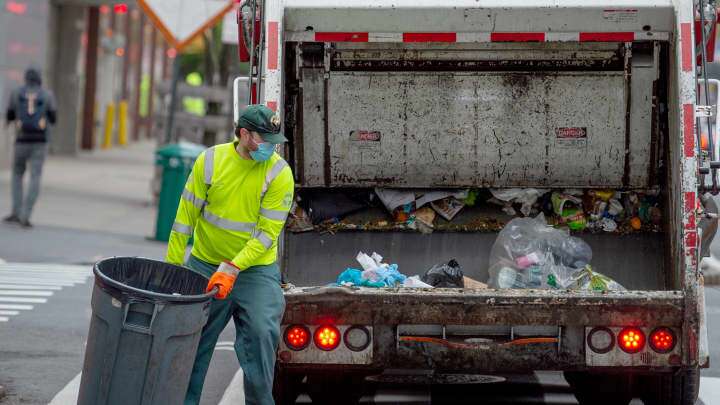
Sanitation workers are exposed to a wide range of health hazards due to their work in waste management. They often handle toxic chemicals, sharp objects, and encounter biological waste, increasing the risk of injuries, infections, and exposure to hazardous substances. Additionally, accidents involving heavy machinery and traffic incidents further contribute to the dangers they face.
7. Farmers and Agricultural Workers
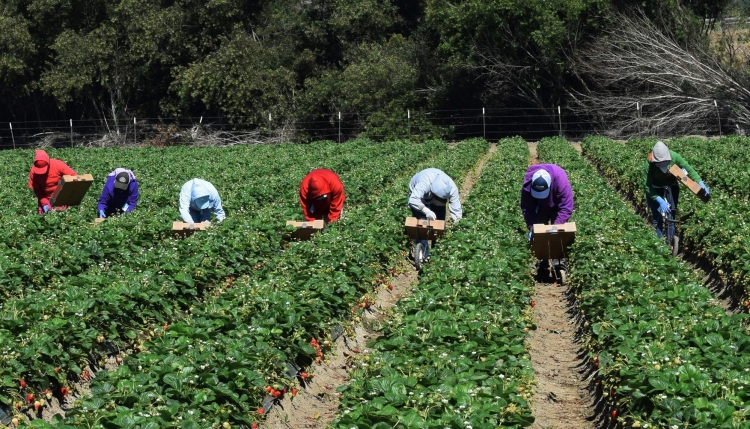
Agriculture, though essential for our society, is an inherently hazardous occupation. Farmers and agricultural workers are vulnerable to injuries caused by heavy machinery, livestock, exposure to harmful chemicals, and environmental factors like extreme heat or adverse weather conditions. Long working hours and limited access to medical assistance can exacerbate the risks involved.
8. Truck Drivers
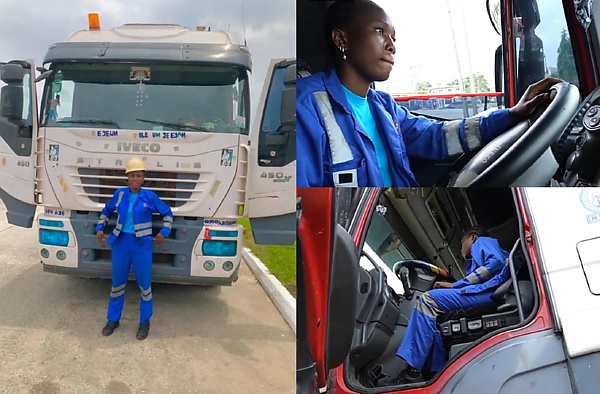
Truck driving is a demanding profession that exposes drivers to long hours on the road and the risk of accidents. Factors such as driver fatigue, hazardous road conditions, poor weather, and reckless driving by others contribute to the high fatality rate in this occupation. Moreover, the risk of theft or assault while transporting valuable goods is an additional concern.
9. Construction Workers
Construction workers face a wide array of hazards due to their involvement in building and infrastructure projects. Falls from heights, electrocutions, being struck by falling objects, and accidents involving heavy machinery are some of the significant risks they encounter daily. Moreover, exposure to hazardous substances like asbestos can lead to long-term health issues.
10. Police Officers and Law Enforcement Personnel

While dedicated to maintaining law and order, police officers and law enforcement personnel face numerous risks in their line of duty. They often encounter dangerous criminals, work in high-stress environments, and respond to emergency situations. The inherent risks of confrontations, including armed encounters and physical assaults, make this profession one of the deadliest.
The jobs listed above represent some of the most dangerous occupations in the world, where workers face significant risks to their health and safety on a daily basis. While advancements in safety regulations, training programs, and technology have helped mitigate some of these dangers, the inherent nature of these professions still poses serious threats.
READ ALSO » Top 10 Famous, Deadliest And Dangerous Hacking Groups In The World
It is important to acknowledge the immense contributions these workers make to society despite the risks they face. Their dedication and commitment to their jobs are crucial for various industries and essential services. However, it is equally important to prioritize their safety by implementing stringent safety measures, providing proper training, and fostering a culture of awareness and prevention.
Governments, employers, and industry organizations should work together to ensure that workers in these high-risk occupations have access to adequate safety equipment, appropriate training programs, and regular health check-ups. Additionally, raising awareness about occupational hazards and promoting a culture of safety can go a long way in reducing workplace accidents and fatalities.
Furthermore, research and development efforts should focus on innovating safer technologies and equipment that can help mitigate risks in these dangerous occupations. Continuous improvement in safety standards and regulations is vital to protect the lives of those who put themselves at risk every day to keep our society functioning.
Lastly, it is crucial to provide support and compensation to the families of workers who lose their lives in these dangerous professions. Offering financial assistance, counseling services, and other forms of support can help alleviate the burdens they face in the aftermath of such tragic events.
In conclusion, the top 10 deadliest jobs in the world, including commercial fishing, logging workers, aircraft pilots, roofers, structural iron and steel workers, sanitation workers, farmers and agricultural workers, truck drivers, construction workers, and police officers, expose individuals to significant risks and dangers. Efforts must be made to prioritize safety, improve working conditions, and provide support to these workers to minimize the number of accidents and fatalities in these occupations.
